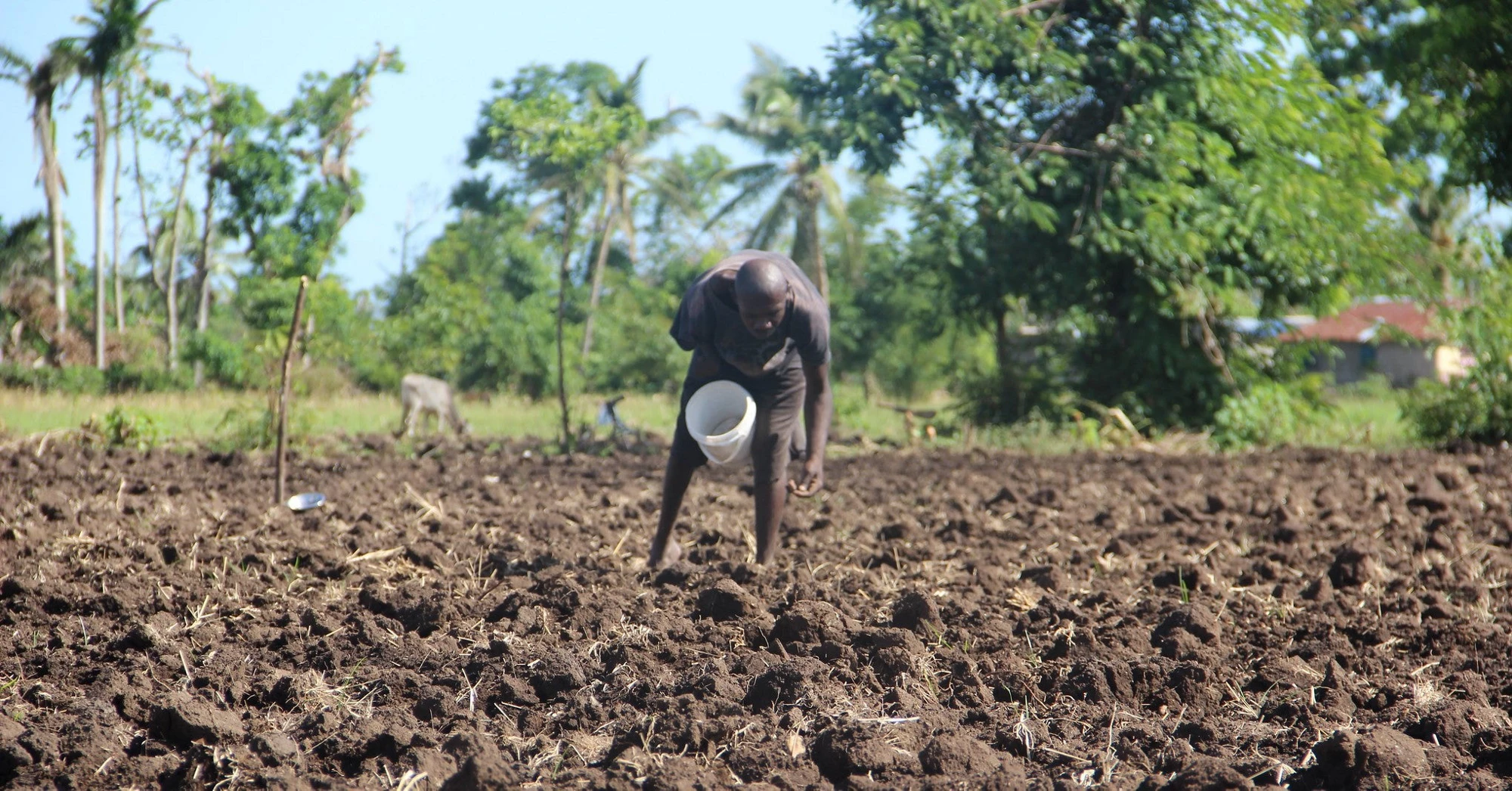 A man farming in Haiti
A man farming in Haiti
We often hear that climate change disproportionately impacts the poor and the scenarios are worrisome. For example, climate change will lead to up to a 300 % increase in extreme poverty in Latin America and the Caribbean (LAC) by 2030.
Beneath this alarming headline, we know that climate-related losses will fluctuate across time and geographies. Impacts on people will be as varied and specific as household income sources and consumption patterns.
Do we understand these differential impacts well enough to take actions that will make a difference for the poor?
The poorest households live hand-to-mouth, which means that their consumption depends on income. Their income depends on labor—frequently informal and irregular, and is subject to employment shocks. The assets they do have—their homes, livelihoods, and communities—are not in the bank. They’re more fragile, more likely to be damaged, destroyed, or liquidated during catastrophes.
The welfare consequences of climate change are not new, and they are dependent as ever on the sources of households’ income and their consumption patterns. In terms of poverty reduction and shared prosperity, climate change is best understood not as a novel threat, but as an unprecedented combination of familiar threats. We highlight below four critical threats:
- Rising temperatures will depress labor productivity. Rising temperatures and precipitation volatility mean workers produce less and earn less. When they work outside the home, the poor are more likely to work outdoors and to hold informal jobs and physical, labor-intensive jobs. By 2030, work-hours equivalent to 2.5 million full-time jobs could be lost to heat extremes in LAC. By the end of the century, warming could reduce working hours by up to 10% in the tropics.
- Climate change will affect the food the poor produce and consume. Almost 7 out of 10 adults in extreme poverty in LAC work in agriculture. Warming will degrade agricultural productivity and labor earnings. Agricultural systems are further exposed to extreme weather and precipitation shocks. Greater volatility may make it more challenging for governments to budget and implement food subsidies. The poor spend large parts of their total consumption on food, leaving them especially vulnerable to food price shocks. In 2019, 113 million people (19.3 % of the population) could not afford a healthy diet in Latin America, an 8.4% increase since 2017.
- Climate extremes will hinder physical and human capital accumulation among the poor. The assets of the poor are more frequently tangible and therefore more vulnerable to destruction, than wealthy households. Poor households are less likely to carry insurance against disaster losses, and more likely to face difficult tradeoffs when their homes and livelihoods are damaged. Power outages and impassible roads make jobs, schools, and hospitals inaccessible. In Dominica, a month after Hurricane Maria, 95% of students still had no access to schooling, according to the Government of the Commonwealth of Dominica, setting in motion decreased earning potential over the long term. In Guatemala, Storm Stan increased the probability of child labor by 7.3% in departments hit by the storm.
- Climate change will drive up healthcare expenditures. Rising temperatures, water stress, and more frequent flooding events will increase the incidence of water-borne illnesses, imposing treatment costs and lost labor earnings for affected households. Water-borne diseases disproportionately affect poor households as they are less likely to enjoy electricity, clean water, and sanitation. For example, adverse rainfall shocks in Brazil are robustly correlated with higher infant mortality, lower birth weight, and shorter gestation periods. The main channels are lack of access to safe drinking water and the resulting increase in infectious diseases. However, reduced agricultural production, and the resulting lower nutritional intake, may also play a role in increasing health costs.
The World Bank and countries already know how to safeguard welfare against adversity. Climate change presents daunting challenges. Some of these, especially decarbonization, are entirely new. Most, however, are depressingly familiar. Droughts and pests have destroyed past harvests. Floods have previously inundated slums, disrupted services, and spiked diseases. Homes and livelihoods have been destroyed and rebuilt countless times. The World Bank has long experience delivering tools the poor can use to prosper.
Education and healthcare access, safe water and sanitation and other basic infrastructure, ecosystems management, climate-smart agriculture, and housing retrofitting initiatives help communities adapt and respond to climate change impacts. When all else fails, social safety nets help communities build back better. The tools that have worked in the past will also help people adapt to climate change. Green, resilient, and inclusive development—in short, sustainable growth—is more than ever the right answer.





Join the Conversation